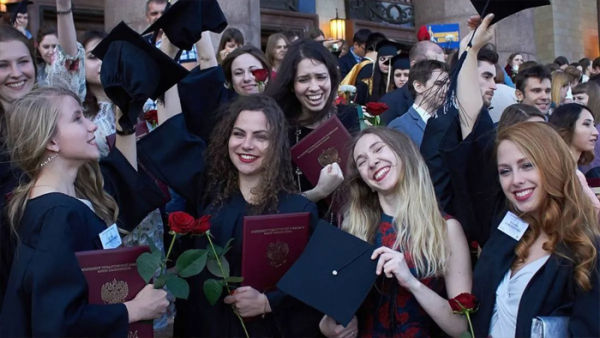
Wales. Russia has become concerned about the rapidly falling birth rate. A strange scheme has been launched to increase the birth rate. Under this, girls studying in schools and colleges have now been allowed to give birth to a child on rent and raise them. However, this scheme has been implemented only in some parts of Russia as a start. Under this, girls studying in schools are being given an amount of more than 1,00,000 rubles (ie about ₹ 90,000) for getting pregnant and giving birth to a child and raising it.
The scheme is in place in some parts of Russia. The new initiative, which was launched in ten regions in the last few months, is part of Russia’s new demographic strategy, which broadens the policy adopted in March 2025. The scheme applies only to adult women. The scheme has been prepared in view of the dramatic decline in the country’s birth rate. ‘Pronatalism’ is a policy that encourages giving birth to children. In Russia, ‘pronatalism’ policies are being implemented to boost the birth rate and stop the falling population. These policies include financial incentives, such as cash payments for the birth of a healthy child and maternity benefits.
The number of children born per woman in Russia in 2023 is 1.41 – well below the 2.05 level needed to maintain the population at its current size. Paying teenage girls to have children while they are in school is a controversial issue in Russia. According to a recent poll by the Russian Public Opinion Research Center, 43 percent of Russians support this policy, while 40 percent are against it. But it is a sign that the country places a high priority on increasing the number of children.
Russians consider President Vladimir Putin a large population to be the symbol of a prosperous superpower, as well as control over vast (and growing) territory and a powerful military force. However, paradoxically, his attempts to increase Russia’s physical size by invading Ukraine and illegally annexing its territory have also been disastrous in terms of reducing Russia’s population. Some estimates put the number of Russian soldiers killed in the war at 250,000, while the war caused millions of some of the most educated Russians to emigrate. It is estimated that by 2050 more than three-quarters of the world’s countries will have fertility rates so low that they will not be able to sustain their populations.